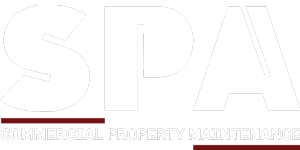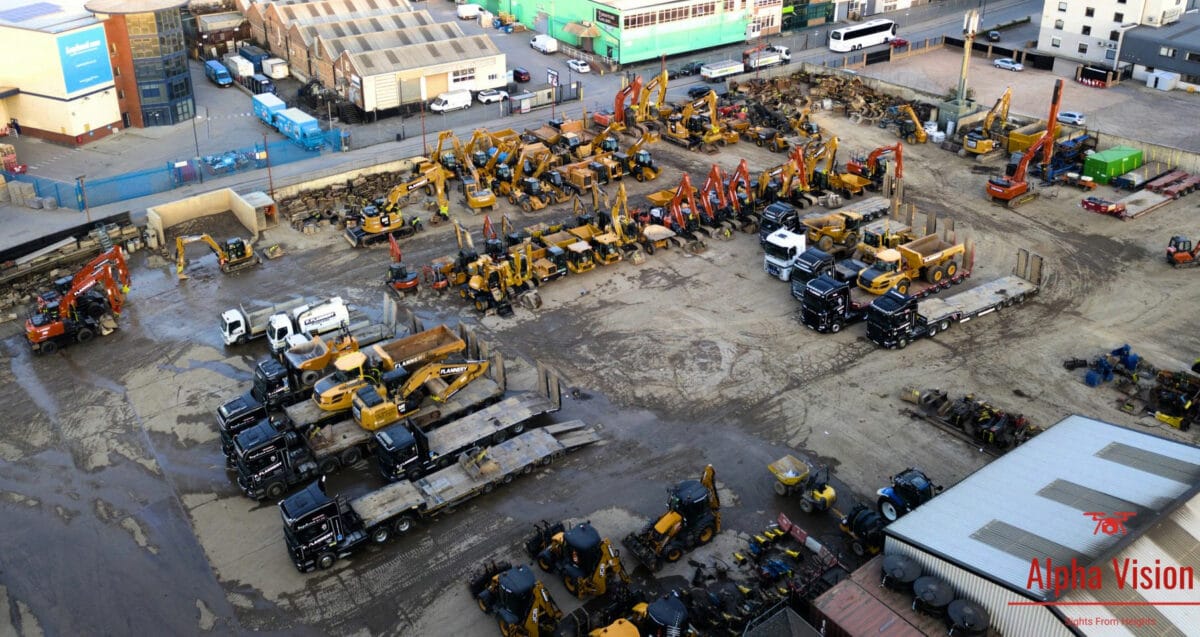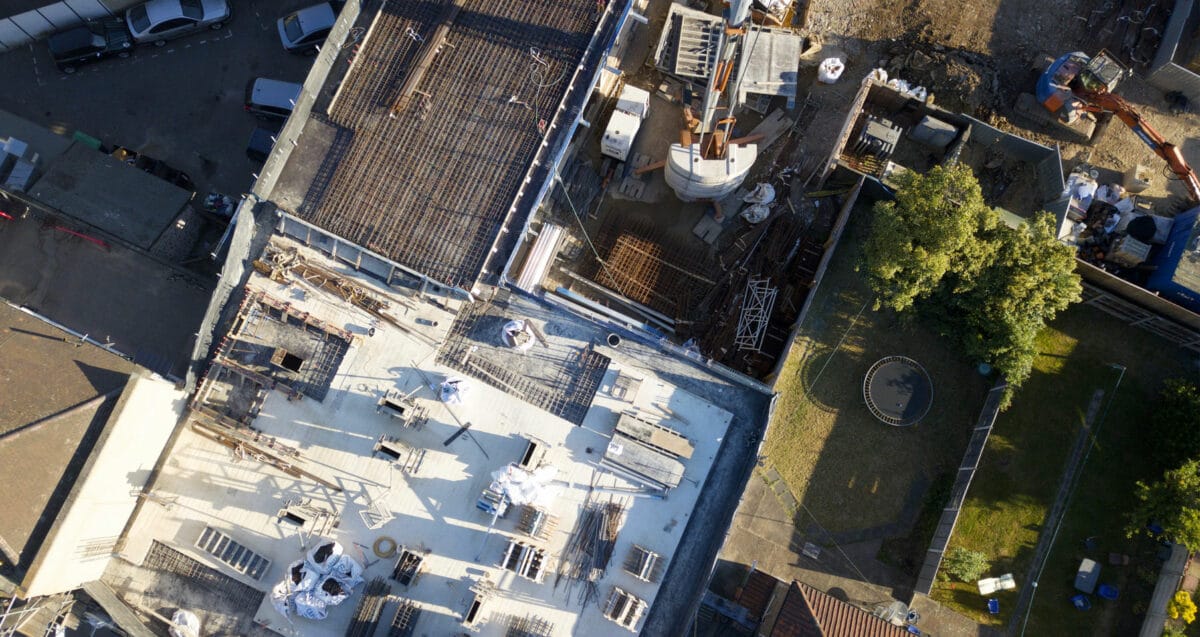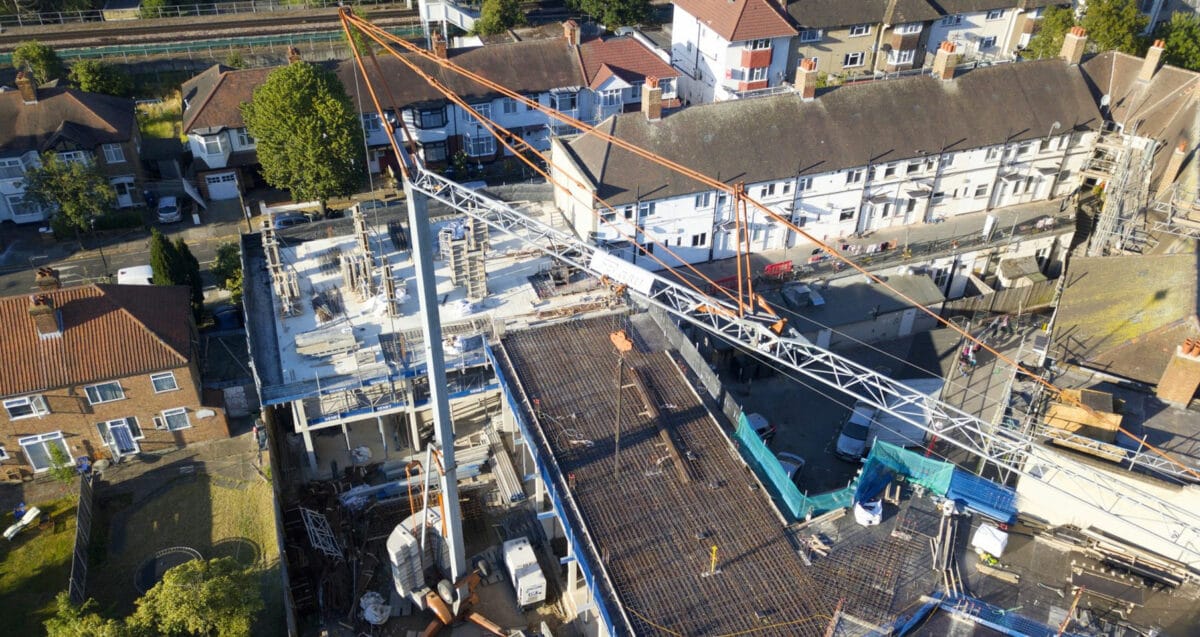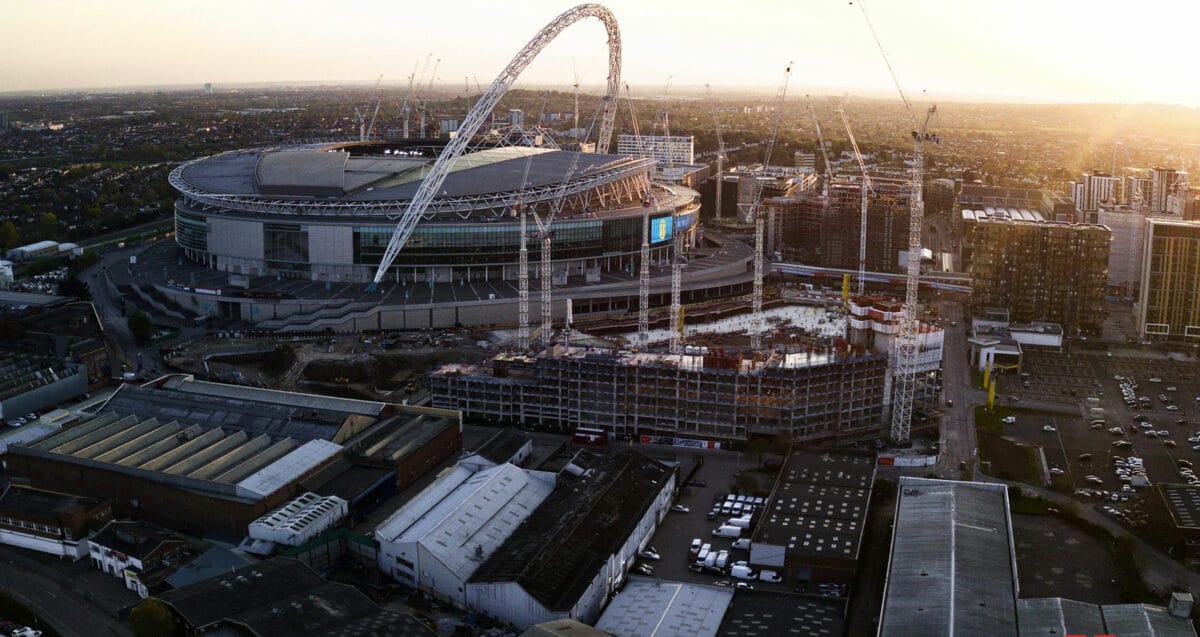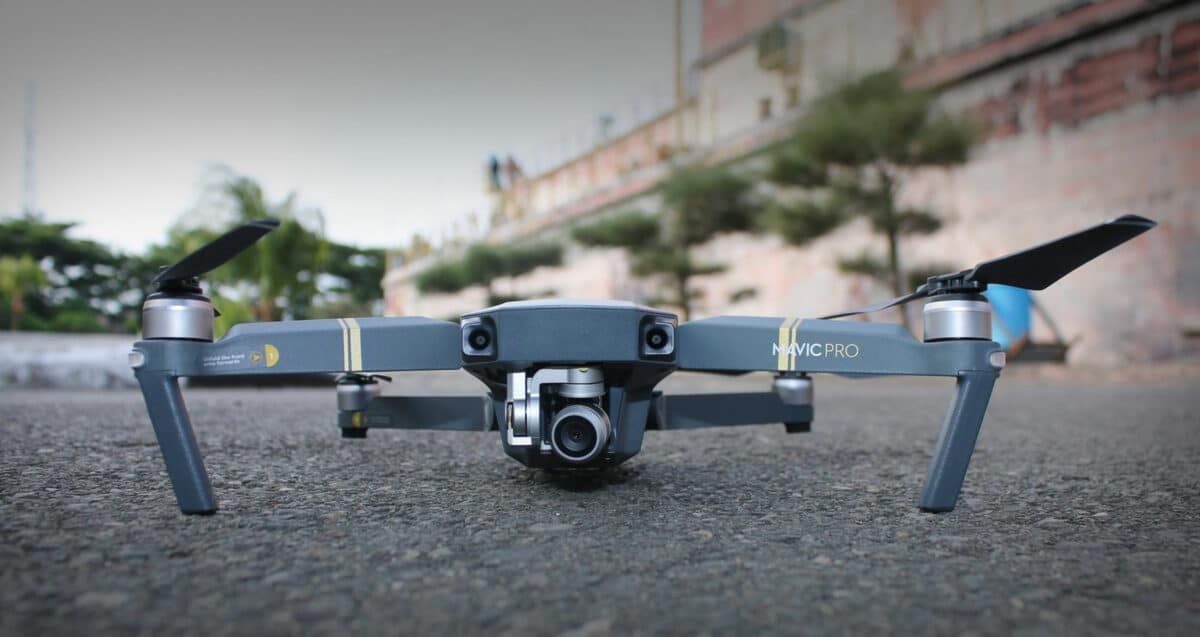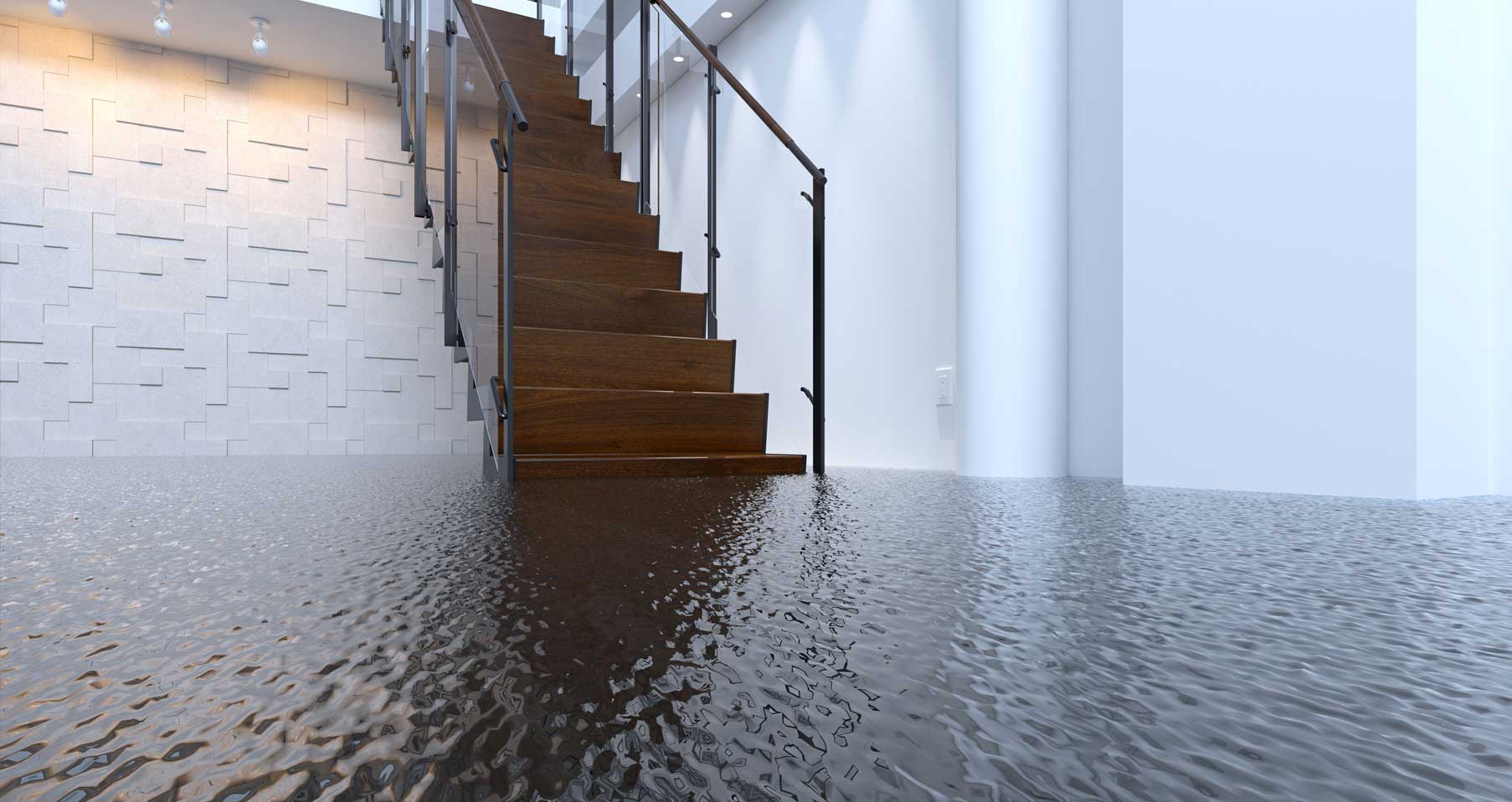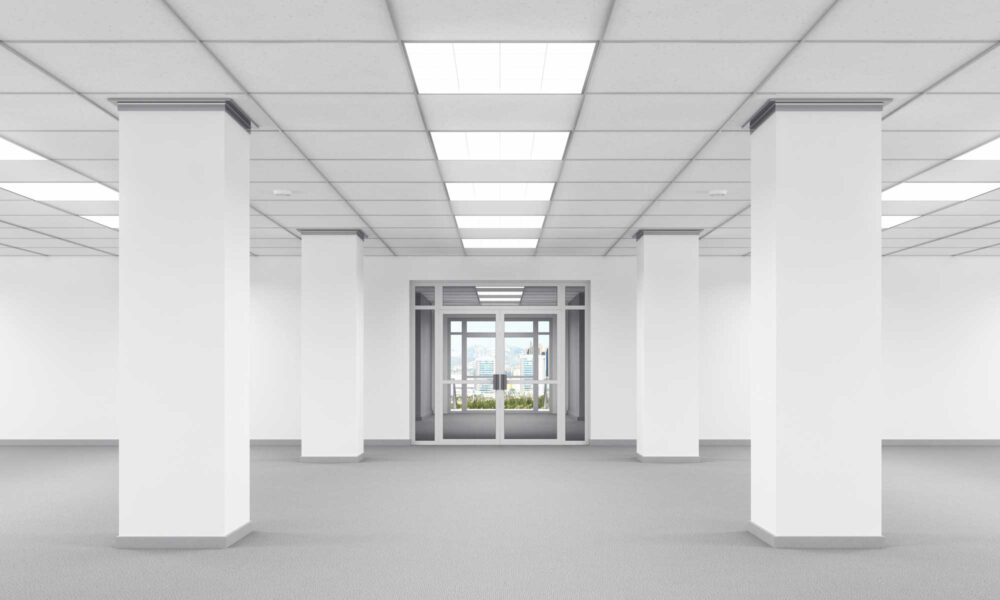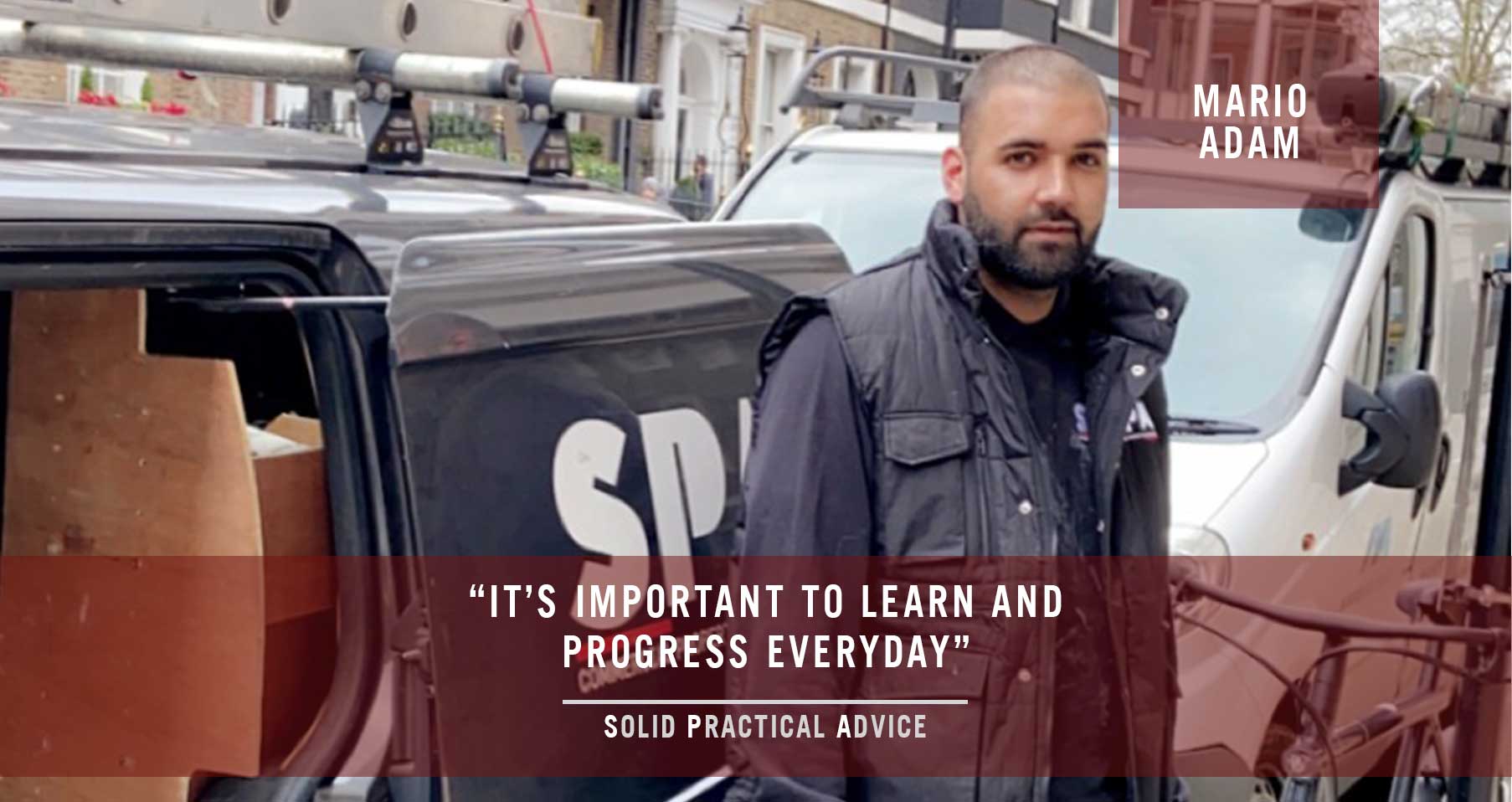SPA have this month launched a new CAA compliant drone service. It enables
– high level surveys of roofs, gutters, facades and plant.
– GPS and 3D mapping.
– job progression.
– volumetric calculations.
Our pilot, Tom, answers some questions about the potential.
Tom, can you outline the services that yourself and SPA are able to offer commercial property managers?
Based on the work we have already carried out, a safer, quicker way to access roofs and sides of buildings is in high demand.
Using drones we can utilise high resolution imagery and videography to inspect chimney stacks, roofs, gutters, facades, render, gas flues and AV equipment. We can produce images or even live feed to a ground-station so a client can see quickly any defect or anomaly highlighted in a flight. We can also produce reports highlighting defective areas and offer professional solutions to defects raised.
Other capabilities include GPS and 3D mapping, orthomosaics of job progression, volumetric calculations.
Services that drones can offer are increasing daily. One key area I am currently looking at is live broadcasts of site inspections to the client so they can have a live transmission in progress meetings.
What are the advantages of using drones rather than conventional methods?
The first major advantage is safety. By using drones you instantly eliminate the risk of working at height. You are not putting people at risk by sending them up ladders or other means of access to inspect these areas.
The second is cost, we eliminate the need for MEWPS and Scaffolding to be erected for an initial inspection phase. These all have high hire and labour costs. The third major advantage is time, by using a drone you can be set up and ready to take flight in a matter of minutes. We could cover a wider area in a short timeframe without the need for a programme of works for enabling.
Can you run through the CAA checks and requirements that you need to cover to become licensed and also for each flight?
To operate a drone commercially you must obtain a Permission for Commercial Operation. To gain this you must first complete Ground School unless you have a valid aviation qualification. This is a course based on modules such as Air Law, Meteorology, Airmanship etc.
After the ground school, you have to compile 2 Operations Manuals. One details your organisation, operating procedures, methods of flight, risk assessment and contingency plans. The second contains technical specifications of each of your aircraft.
You will then be required to conduct a practical flight assessment to ensure that you are competent and confident operating your aircraft and can work to the contingency plans in emergency situations stated in your operations manual.
On successful conclusion of the practical flight assessment, you are then eligible to apply for a PfCO to the CAA. The PfCO is then renewed annually.
When we are issued a job the requirements are then recorded on a job sheet, from this we then carry out a desktop survey to see if we can carry out the works. Depending on the complexity of the job we will then proceed to carry out a formal site survey if required. From there we will contact any authorities we may impede to obtain any permissions. We can then set a date. 72hrs before the flight we will carry out a weather check to see approximate wind speeds and if the flight will go ahead.
The night before a flight the drone is provisionally checked for firmware updates, battery power and any error messages. We will also check the weather again.
On the day of the flight we will meet the client and carry out an on site risk assessment including another weather and wind speed check, we will then proceed to setup sites with required boundary areas and signage. Then we carry out a function and transmission tests on the drone, including camera settings and GPS calibration. Once all of this is complete we can take off!
Thank you for you time Tom!
